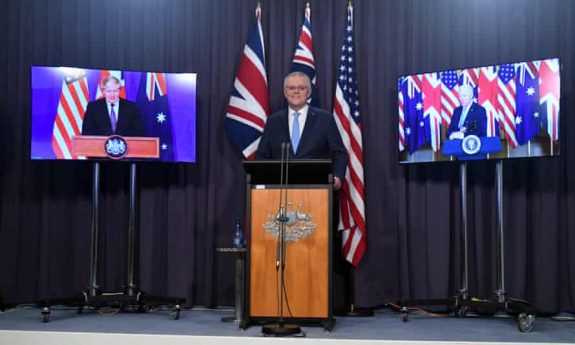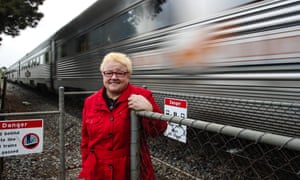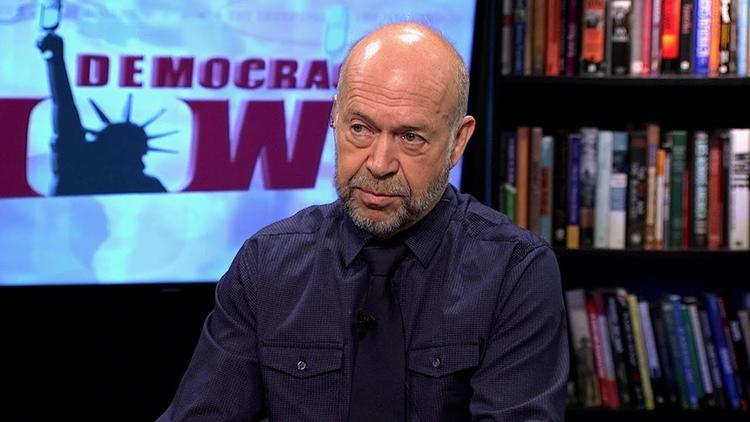In several ways, this rally was unprecedented. First, it was a massing of communities not only from one threatened university, but several institutions starkly misdirected by their buccaneering boards and pampered managers: NYU, Cooper Union and the New School, three downtown New York City schools severely damaged by their trustees’ serial construction plans and other wild investments.
From those three schools, moreover, there were groups that represented all who’ve been screwed over by the neoliberal seizure of our universities: students — both undergraduate and graduate — increasingly ripped off, and crushed by debt; the ever-growing army of untenured faculty, earning fast food pay to do the lion’s share of teaching; the tenured faculty, squeezed out of governance, and making ever less (while topmost bureaucrats make more and more); and all those staff who struggle in the trenches every day to keep their institutions functioning, despite the serial slashing of their ranks and budgets.
And while unprecedented in its academic reach, including all essential groups within the university, this rally was unprecedented also in its reach beyond the university, to all those living in the shadows of those three metastasizing campuses — and countless other towers now lunging skyward citywide. Along with many Greenwich Village neighbors who were in the park that day, there were activists from neighborhoods in Brooklyn, Chinatown, TriBeCa, Chelsea and the Lower East Side, joining to protest those huge construction projects financed, in particular, by
student debt.
Although NYU is a notoriously grasping “not-for-profit” university — infamous for its eye-popping prices, slim financial aid, and the inordinate debt burden of its graduates, as well as for its bulging real estate portfolio, rampant global ‘growth’ à la McDonald’s, lavish ‘compensation’ (including summer mansions) for its top executives, and cozy unions with authoritarian regimes — its sordid reputation shouldn’t blind us to the fact that NYU is not essentially unlike most other U.S. universities today, but different from them only in degree.
University professors nationwide are well aware of this relationship. This is why our rally won strong statements of support from campuses beyond downtown Manhattan — another first, with faculty at several public universities condemning the corruption of three private schools. Thus, along with certain stellar individuals who teach at Yale, Columbia, Johns Hopkins and the University of Chicago, those joining us included the faculty unions at Rutgers, the University of Illinois/Chicago, and the University of Wisconsin (now in the cross-hairs of Scott Walker).
Wherever they may teach, the faculty who stood with us last week, in person or in spirit, all recognize that NYU now represents the avant garde of everything that’s wrong with U.S. higher education; and that this trend must be opposed, and then reversed, by those of us who know enough to educate our students, and care enough about them to protect them from a system that is eating them alive.
There was a moment at the rally when the nature of that beast was suddenly, and unforgettably, revealed; when “Mandy,” an anonymous NYU junior, took the stage (face hidden by a mask from Eyes Wide Shut) to tell exactly how, and why, she had no choice but to become a prostitute to meet NYU’s soaring price.
Her story — of a shattering ordeal that’s more widespread at NYU than any other school in the United States (as several media outlets have reported) — left many standing there in tears. It is below in her own words.
***
Good Afternoon, and thank you for attending today’s rally.
I would tell you my name, but if I did, I would have to ask which one you wanted.
Are you asking for Alex, the name I had while working in a dominatrix den in Midtown?
Or are you asking for Johanna, the name they gave me while I was a body-rub girl in an Upper East Side Tantra House?
Maybe it’s better if I just stay nameless.
There are students here who work two, sometimes three jobs just to get by. There are students here who sleep in the lower levels of Bobst because they have nowhere else to go. And there are those of us, like myself, who have turned to Backpages, Craigslist, and Seeking Arrangement because we felt we were running out of options.
Before I became a prostitute, I was an accomplished student. I had perfect grades. At the end of my first semester at NYU, I had been used as a poster child by the university. I had been asked to attend several events with John Sexton, encouraging alumni to donate to one fund or another. When my only parent was injured and therefore unable to work, my professors rallied behind me and wrote to the administration on my behalf, asking for support. They were ignored.
I managed to keep my situation stable for a year, but this winter things became so bad I found myself homeless, and later, jobless. It took everything I had to pay NYU’s fees for the next semester and to settle into a new place. As a first generation college student, I was determined not to let my circumstances prevent me from continuing my education. I didn’t care what the cost was.
I explained my situation to the professors and counselors here at NYU. My grades suffered from all the time I had to devote to my new jobs. I missed classes so I could cover shifts. My essays were almost always late. I was losing my grip, exhausted after days that started at seven and ended in the early hours of the morning.
There wasn’t much left to do. My counselors were kind but could offer no help. Despite my past academic performance, my contributions to the university, and overwhelming support from the faculty, the school would decidedly do nothing to help me.
So I did my best to find jobs that could support me while I finished my degree, though nothing could pay for both school and rent. I became desperate. I started responding to ads on Craigslist promising hourly payments from $80 to $110. I tried to transfer, but no university I applied to – whether they be public or private – would take NYU’s credits. I couldn’t just take time off or leave, since I would still have to pay for $20,000 worth of loans. I had exhausted all other resources. I thought if I wanted to finish school, there was nothing else I could do.
By the time I started working as a dominatrix, I had less than two weeks to make rent. I made the money in two days.
I was doing well, but I couldn’t stay at the den. Friends and strangers alike asked too many questions about what I was doing, why there were bruises on my arms and legs. I started to work at a Tantra House instead, where they charged higher fees, had less competition, and wouldn’t leave marks on my body. The men who visited me there were typically over thirty, married, and involved in business. They were strangely unafraid to talk about themselves and their personal lives. Perhaps they thought I was trustworthy, or maybe they thought I would be too afraid to talk about what I knew, lest I admit to the things I was doing.
But I’m not afraid, at least not anymore. I learned at the dominatrix den and at the Tantra House, almost every single girl who worked there was a student struggling to pay for school or to pay off her crippling student loans. Some were Sarah Lawrence girls, some went to CUNY or Cooper Union, but the vast majority go to or went to NYU.
My story is a common one, and that is why I need to tell it. Student prostitution is not a rarity – an outlier to be dismissed. Many of you know someone who has worked as a dominatrix, a masseuse, a stripper, or as an escort. If you don’t, you know someone who does. It is an epidemic. We came to these universities to better ourselves, to work for a better life. No girl should have to sell herself to make that better life a reality.
I did it because I believed I had earned my place here. I did it because I refused to believe that my family’s socio-economic status should prevent me from getting the best education I could. I did it because I believed that if I worked hard enough, I could make it through. And I did it because I thought in the end, maybe one day, I could forget.
I was one of the lucky ones. At the start of the summer, I had made enough money to walk away from sex work, at least for a few months. Now school is starting again and the process of looking for a well-paid part-time job starts all over. I am lucky. I am out. But I’m afraid that if things don’t go well, I might have to go back.
To some members of the administration of NYU, I am another one of the faceless, nameless students paying for their summer homes and expansion projects, unaware that the money they’ve taken from me and countless other girls has been earned from prostitution.
To the other members of the administration, I’m Alex. Or maybe some call me Johanna.





















You must be logged in to post a comment.